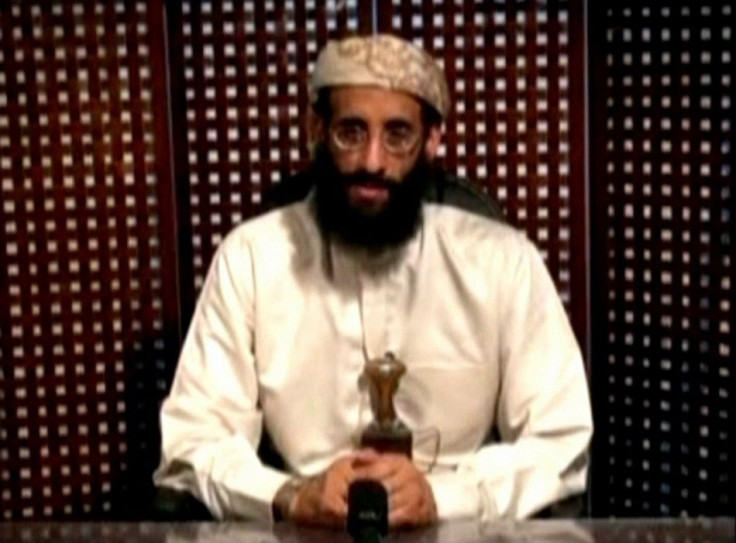US Releases Redacted Legal Justification Of Drone Strike That Killed US Citizen Anwar Al-Awlaki

After years of legal wrangling, the Obama administration released a memo Monday that provides the legal justification for the drone killing of an American citizen living outside the grasp of military or police authorities. A court ordered the administration to release the 2010 memo, written by a former Department of Justice attorney, over government claims that it would compromise national security.
The U.S. Court of Appeals for the Second Circuit in New York released the memo with heavy redactions, although it did include previously unknown details on the government’s rationale for killing Anwar Al-Awlaki.
Awlaki, born and educated in the U.S., relocated to Yemen in adulthood, where he became a prominent al Qaeda leader and was instrumental in the founding of “Inspire,” an English-language propaganda magazine that provided instructions for how to build bombs and other weapons. Tamerlan Tsarnaev was reportedly an avowed fan of Awlaki’s YouTube sermons and Inspire before he allegedly planned the Boston Marathon bombing last year.
Awlaki was killed by a drone strike in Yemen on Sept. 30, 2011, an event President Obama compared to a police killing of a sniper shooting at civilians from an unreachable height. Samir Khan, another U.S. citizen, was also killed in the same attack. Awlaki’s son, 16, was killed in a drone strike a month later, though he was accused of no wrongdoing.
“What would constitute a reasonable use of lethal force for purposes of domestic law enforcement operations will be very different from what would be reasonable in a situation such as that issue here,” the memo explained.
The strikes were condemned by civil liberties advocates, including a number of U.S. senators, who have said that Awlaki, as an American, deserved a fair trial, no matter how despicable his actions may have been.
The memo released Monday disagreed, concluding that lethal force is acceptable “at least where high-level government officials have determined that a capture operation overseas is infeasible, and that the targeted person is part of a dangerous enemy force and is engaged in activities that pose a continued and imminent threat to U.S. persons or interests,” as quoted by the Wall Street Journal.
U.S. officials have contended that Awlaki was involved in the planning of multiple terrorist operations.
The Obama administration has consistently fought the memo’s disclosure and originally refused to confirm it existed. In January 2013, a federal court judge ruled that the government could have its way and keep the memo secret, although that ruling was overturned by the second Circuit Court in April.
It came as somewhat of a surprise when the administration said it would not appeal that ruling and instead issue a redacted version of the justification. Pundits have said that the administration only did so because lawmakers were threatening to hold up the judicial nomination of David Barron, the memo’s author, until they had a chance to review the document in question.
Pardiss Kebriaei, an attorney with the Center for Constitutional Rights, told the Journal she has filed two lawsuits seeking an explanation for Awlaki’s death and that the memo coming to light shows that “the government’s drone killing program is built on gross distortions of law. This forced transparency comes years late, long after the memo was drafted and used to justify the premeditated killing of a U.S. citizen without trial and far from any battlefield.
“Although the American public may now finally start having a more complete step in the public debate about this program, the Obama administration’s stonewalling has delayed this conversation for far too long,” Kebriaei went on.
The New York Times and American Civil Liberties Union first filed suit to compel the government to release the memo.
© Copyright IBTimes 2024. All rights reserved.




















